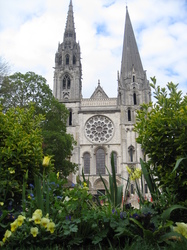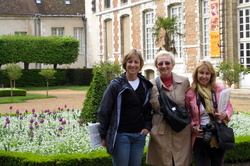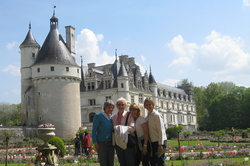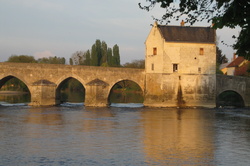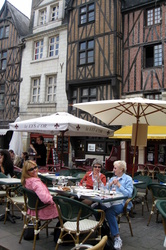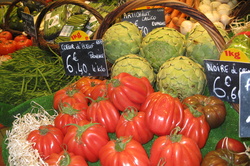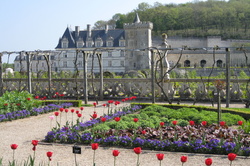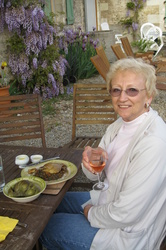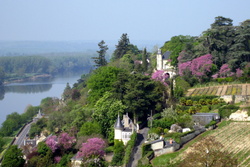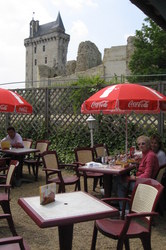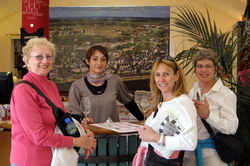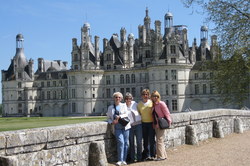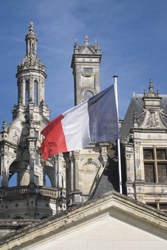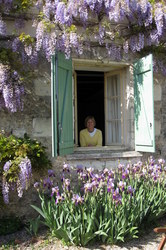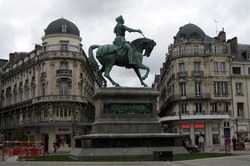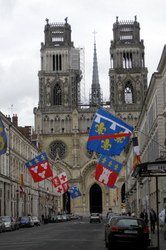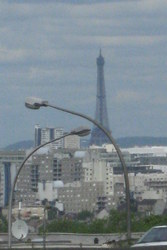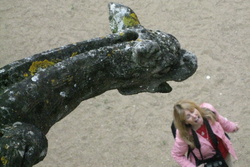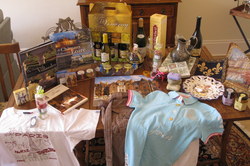The Loire Valley with Mom and Sheri
My mom and sister arrived in London April 18 to join us on a Loire Valley holiday in France. We boarded a Eurostar train at London St. Pancras Station, traveling though the Chunnel to arrive at Paris where we rented a car for our six day journey.
The Loire Valley is also known as the Chateaux de la Loire [the Castles of the Loire]. Its' fairytale castles are rich in the renaissance architecture that was in vogue during the period that saw the castles renovated and expanded. The renaissance also influenced the magnificent courtly gardens that abound in the area. The Loire Valley entered its renaissance period in the 16th century. As elsewhere in Europe, the period brought with it new, artistic ideas in architecture.
Because of its beautiful and game rich forests, the kings and nobility made this area the preferred habitat for their castles. Their fairytale castles were nestled in the forests surrounded by their splendid garden type settings that bordered the winding Loire River and her tributaries, the Cher, Indrois and Indre.
We rented a "self catering cottage not far from the Cher River. Though a bit rustic and on the "needs a good cleaning" list, we made it home for our visit and enjoyed the lovely garden and all the area had to offer in the way of food, wine and Chateaus.
